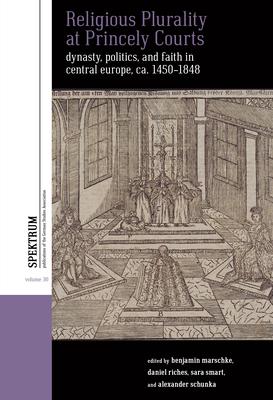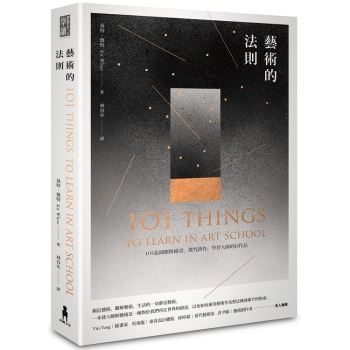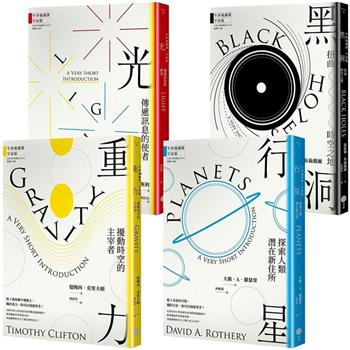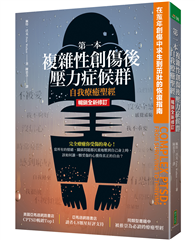Early modern European monarchies legitimized their rule through dynasty and religion, and ideally the divine right of the ruler corresponded with the confession of the territory. It has thus been assumed that at princely courts only a single confession was present. However, the reality of the confessional circumstances at court commonly involved more than one faith. Religious Plurality at Princely Courts explores the reverberations of biconfessional or multiconfessional intra-Christian situations at courts on dynastic, symbolic, diplomatic, artistic, and theological levels, exploring interreligious dialogue, religious change, and confessional blending. Incorporating perspectives across European studies such as domestic and international politics, dynastic strategies, the history of ideas, women’s and gender history, as well as visual and material culture, the contributions to this volume highlight the dynamics and implications of religious plurality at court.
| FindBook |
|
有 1 項符合
Religious Plurality at Princely Courts: Dynasty, Politics, and Faith in Central Europe, Ca. 1450-1848的圖書 |
 |
$ 8100 | Religious Plurality at Princely Courts: Dynasty, Politics, and Faith in Central Europe, Ca. 1450-1848
出版社:Berghahn Books 出版日期:2024-04-01 語言:英文 規格:精裝 / 294頁 / 普通級/ 初版  看圖書介紹 看圖書介紹
|
|
|
圖書介紹 - 資料來源:博客來 評分:
圖書名稱:Religious Plurality at Princely Courts: Dynasty, Politics, and Faith in Central Europe, Ca. 1450-1848
|











